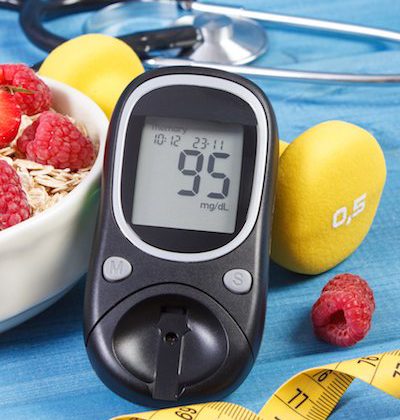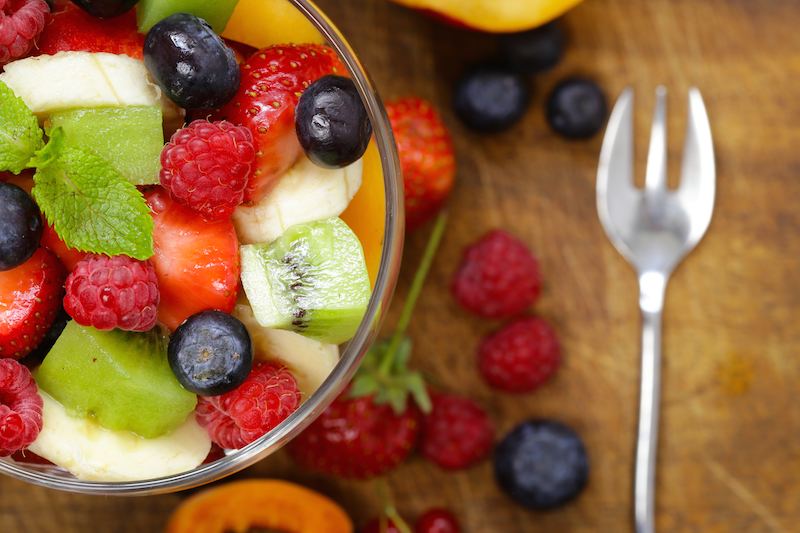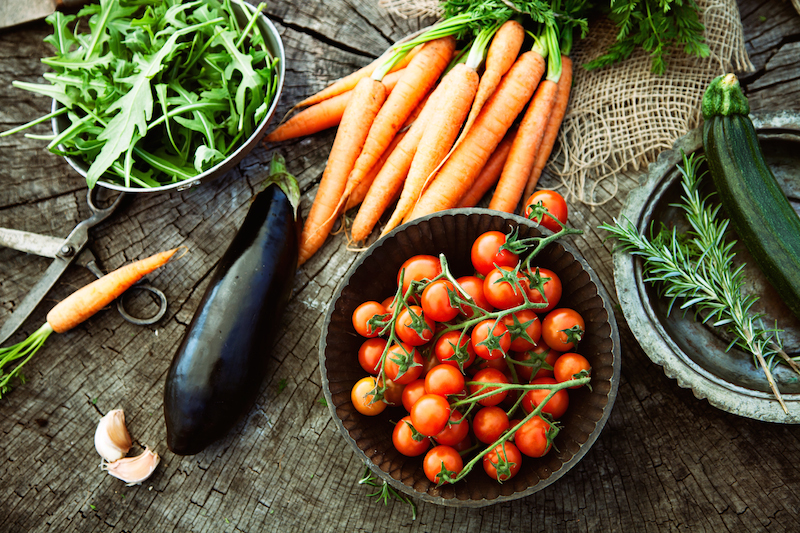Gestational diabetes and nutrition
Increase in blood sugar levels above the allowed limits, during pregnancy, is called gestational diabetes. It usually occurs after the 20th day of gestation.
In Western countries approximately 7% of pregnant women will present with gestational diabetes. If the condition is not detected and, therefore, not managed, severe complications may occur. After birth, your blood sugar levels will return to normal.
When it is established that you have developed gestational diabetes, the first step is to change your nutritional habits, in order for your blood sugar levels to return to normal. Thus, by eating healthy foods and receiving all the necessary nutrients for your baby and yourself, your sugar levels will be properly regulated, and there will be no adverse effects on the fetus.

When ingested, carbohydrates, coming from several foods, are passed around our organism, are metabolised and then enter the blood circulation in the form of glucose (type of sugar). Glucose is necessary for the organism because it constitutes yours and your baby’s “fuel.” (under the condition that your blood sugar levels remain normal)
The most effective way to improve your diet is to eat a range of healthy foods. When you are aware that there is a family history of hereditary diabetes, it is wise to seek advice from your doctor (a gynaecologist or an endocrinologist), in order to follow a special diet for gestational diabetes and prevent its occurrence after you have become pregnant. This allows you to create a menu by documenting what and how much you eat and, therefore, it is unlikely that you will develop gestational diabetes or, in the case that you do, it will be managed easily.
In general, you should know that your diet must include:
- A selection of carbohydrates, originating mainly from starchy vegetables, fruits and complex carbohydrates such as whole-wheat bread, pasta and rice.
- Less than half of your daily caloric intake should come from carbohydrates.
- Minimal consumption of industrialised juices and, certainly, sweets and candy.
- Moderate consumption of proteins and even less fats.
It is essential that we maintain our blood sugar levels as stable as possible by eating three meals (never miss one!) and two smaller ones in between. Maintain your daily ratio of carbohydrates–protein–fats stable.
Groups of foods to consume during pregnancy
Carbohydrates
Pick cereal and whole-wheat bread because they contain essential fibre and have not been processed. (which reduces to a great extent their nutritious components)
Select a range of vegetables such as dark green (e.g., broccoli, spinach), orange and red. (e.g., carrots, sweet potatoes, tomatoes, red peppers)
Favour seasonal fruits and vegetables.

Fruit
Eat fresh fruit without adding any sugar.
While fruits are a very healthy choice, they contain a lot of natural sugars. This is why you shouldn’t eat more than 1–3 pieces of fruit per day.
One piece of fruit is a medium-sized, or half a large fruit, or half a cup of varied fruit.
Do not eat compotes.
The juices you consume must be fresh, without any additional sugar and you should restrict yourselves to one glass (wine-sized) per day. Juices are a source of concentrated carbohydrates and raise blood sugar very rapidly. If you already suffer from gestational diabetes, avoid them.

Cereals – legumes – starchy carbohydrates
You should consume 6 portions daily. One portion corresponds to one thin piece of bread, half a cup of boiled rice or pasta, 30 grams or cereal, one small potato, half a cup of legumes.
Favour whole-wheat bread and cereals, barley and oats because they contain a lot of fibre. Also, whole-wheat pasta and brown rice are always a better choice.

Vegetables
You should consume 3–5 portions daily.
One portion corresponds to one cup of green, leafy vegetables, one cup of boiled green herby vegetables, 3/4 of a cup fruit juice, half a cup of raw or boiled mixed vegetables.
You should consume a variety of vegetables, such as dark green (e.g., broccoli), orange and red. (e.g., carrots, sweet potatoes, tomatoes)
Favour seasonal vegetables.
Do not boil your vegetables in very high temperatures, or for more than 10 minutes, because their vitamins are eradicated.

Protein
Protein is essential for structuring new tissue and, thus, for proper fetal development. Found in:
Red meat, poultry and fish
Dairy
Eggs
Nuts
Legumes
Cereal
Favour low-fat meat and poultry. (e.g. chicken without the skin)
Cook grilled or boiled with a little oil.
Use a varied choice of proteins. Remember that Fish, Legumes and nuts contain a great source of protein.

Dairy
You should consume 4 portions daily.
One portion corresponds to one cup of milk or yoghurt and 45–65 grams of cheese.
All dairy products must be 0% or low-fat.
Dairy is a source for protein, calcium and phosphorus, but they also contain natural sugars.

Fats
Be very careful when consuming animal fats, margarine, mayonnaise, cream, fried foods and, of course, sweets and candy.
You should mainly consume olive oil and nuts, which provide you with the necessary ω-3 fats (also called omega 3 or n-fatty acids) for the appropriate brain development of our baby during pregnancy.
In general, you should reduce the calories you consume from fatty foods.
If you are finding hard to consume unsweetened drinks, add Stevia.
Unless there is a reason not to exercise (e.g., bleeding, intense uterine contractions, low placental adhesion, and many others), moderate physical activity is very beneficial during pregnancy. You could walk for half an hour daily, either to go to work or do your chores. However, if you feel any fatigue, heaviness (load) on your lower abdomen or dizziness, stop immediately. Listen and trust your body’s “directions”.
A pregnant woman can exercise by:
- Walking
- Swimming
- Yoga and Pilates with a trainer who is an expert on exercise techniques
 English
English Ελληνικα
Ελληνικα



